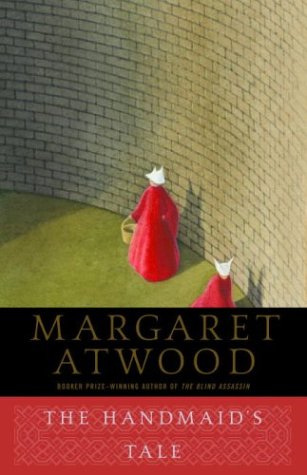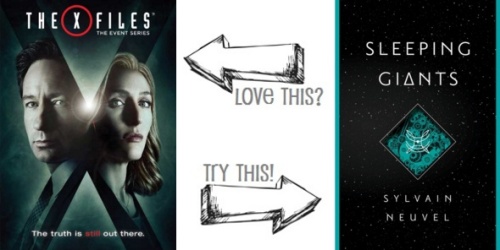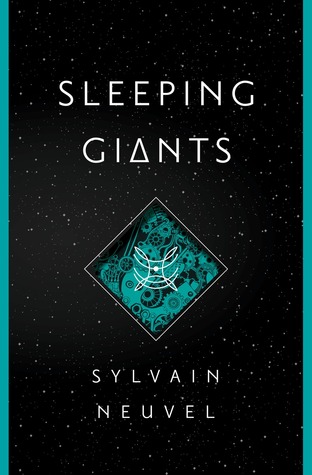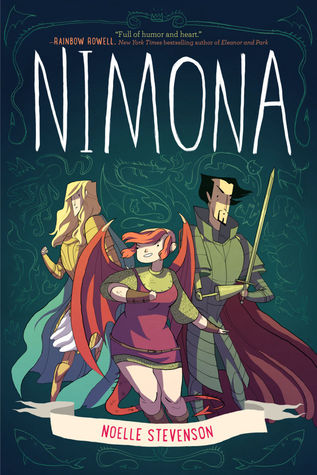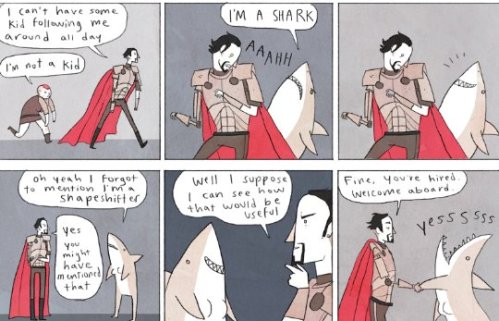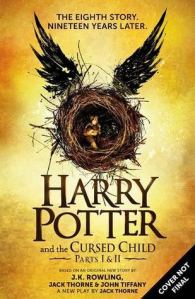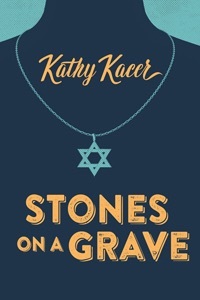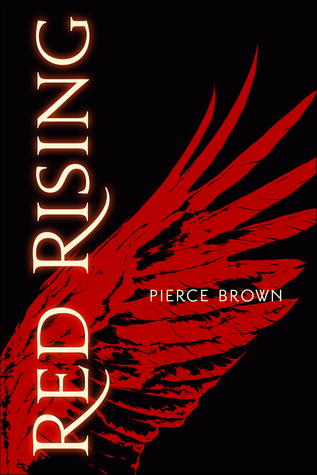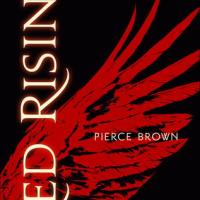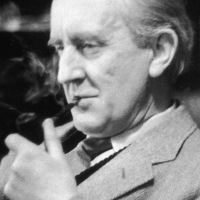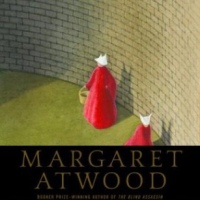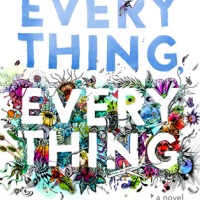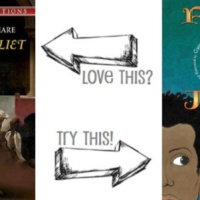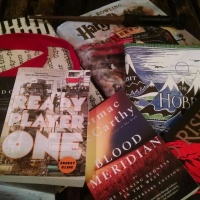It’s been a while. I know. The only reason I’m even here now is because my students are between big writing assignments, so I have a very brief respite from reading and grading and grading and reading. Plus, I’m monitoring Saturday School.
My last review was of Circe and I recall being optimistic that I might be able to incorporate it into my Odyssey Unit. Well, time has brought us to this moment, when we have just finished reading The Odyssey and we’re incorporating supplementary texts this coming week. All year, I’ve had grand aspirations that I would delve into the deep questions of whether Odysseus has PTSD or not. For that reason, I got a copy of Jonathan Shay’s Odysseus in America: Combat Trauma and the Trials of Homecoming.
In this ambitious follow-up to Achilles in Vietnam, Dr. Jonathan Shay uses the Odyssey, the story of a soldier’s homecoming, to illuminate the pitfalls that trap many veterans on the road back to civilian life.
Seamlessly combining important psychological work and brilliant literary interpretation with an impassioned plea to renovate American military institutions, Shay deepens our understanding of both the combat veteran’s experience and one of the world’s greatest classics.
My hope was that this book would provide me with some excerpts, especially regarding the chapters in which Odysseus returns to Ithaca, that would shine a light on Odysseus’ behavior as a result of what he endured during his 20-year-expedition (or odyssey). Not only does it do so, but it includes a step-by-step analysis of Odysseus’ behavior for each of the 15 stops on his journey home. Shay compares Odysseus with Vietnam veterans whom he has counseled in the years after their return home. He sheds light on possible motivations and meanings behind Odysseus’ words, actions, and choices, as well as shows how similar words, actions, and choices look under a modern lens. Though this epic is estimated to be almost three thousand years old, Shay helps readers see how trauma and its effects are timeless. Odysseus in America was a tremendous read and it elevated my understanding of The Odyssey, but more importantly, it illuminated the suffering of combat veterans, as well as non-veterans who have navigated horrible circumstances and live life in the wake of those experiences. I am more motivated than ever to incorporate this text into my teaching of The Odyssey.
However, despite this motivation, I will not be doing so this year, or possibly for many years. Despite the fact that there is substantial and meaningful learning to gain from this book, there is not enough time to do it justice. I have less than a week to dedicate to reading supplementary materials and writing something. We already only had a week and a day (5 class periods) to get through reading the epic, which is ridiculous! It’s full of action and monsters and love stories, so it’s just about the most captivating thing I can offer to them, and to blaze through it in just over a week is already robbing the kids of so much fun and meaning. The lack of time is a big issue, one that goes “all the way to the TOP” (sorry, MFM reference – SSDGM, Murderinos) and I obviously can’t resolve the problems with the American public school system here on this blog. I feel strongly that kids would learn from reading Odysseus in America, as well as the many other literary works that highlight the effects of trauma. I’m inspired by this text, but I honestly think that this could be an entire class, a multicultural lit elective, looking at the effects of trauma in and through literature. I’m going to work on building that class so that when I have enough teacher street cred, I can fight with more “ammo” (what an unfortunate metaphor in this instance) by having a concrete idea of the class. In the meantime, I’m convinced that to make a pit-stop on the topic of PTSD would satisfy my desire to talk about it, but would do so in a way that didn’t give the necessary time for evaluation, discussion, and argumentative writing.
The difficult thing for me is that I got into teaching because of the books (a taboo statement in this field of work). I wanted it to be my job to read and geek out about books. At times, that goal comes true; I’ve had so much fun reading The Odyssey with ~140 students stretching across all demographics and backgrounds. Not only is it satisfying to read one of my favorite classics as my JOB, but it’s thrilling to see it through their eyes every year as they make connections (they always yell “that’s just like Spongebob!” when we read about the bag of wind or talk about Neptune) and form opinions about Odysseus as a hero, as a leader, as a male. I know it would be endlessly fun to dive into the topic of PTSD with them, but after only a year and a half of teaching on my own, I’m realizing that although I got into it for the fun of the books, the learning of the kids is more important. If my PTSD pit-stop is just for fun, meaning that more time would be necessary in order to expand on their learning enough to validate doing it, then the kids deserve better. I have to prioritize the kids over the books.
Thusly, I’ll stick to the old-faithful argument of whether or not Odysseus is a hero. The epic ends before we get to see the effects of Odysseus’ return and we’re never afforded the benefit of anyone other than Odysseus’ perspective on his actions. So, luckily for me, I get to incorporate two of my favorite Greek-inspired novels: The Penelopiad by Margaret Atwood and Circe by Madeline Miller.
One final thing: before school started, I read The Song of Achilles, also by Madeline Miller, and really enjoyed it. She is clearly very knowledgeable about mythology but gracefully incorporates her own spin on the classics. She brings to life, especially, characters who have never had the opportunity to tell their own side of the story, which is why I was such a big fan of Circe. Hannah mentioned that she liked The Song of Achilles better than Circe, but I must admit that I’ve grown rather bored of the male perspective, even the submissive, underdog male. I also never much liked Achilles; he always seemed too self-obsessed and while Miller effortlessly depicts a sympathetic, loving side of Achilles, the overall story doesn’t change and his hubris is still the star of the show. Nonetheless, I’d recommend it to any and all.

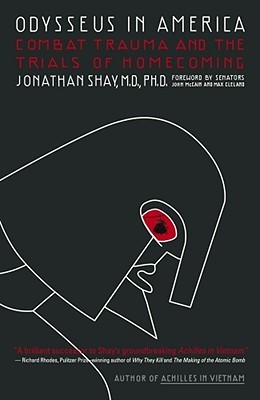
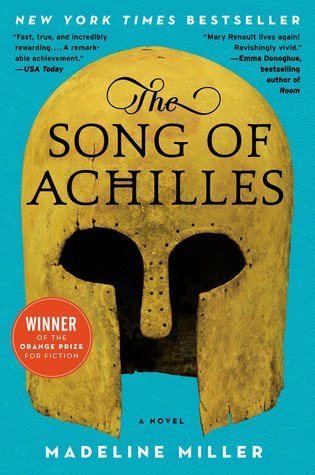
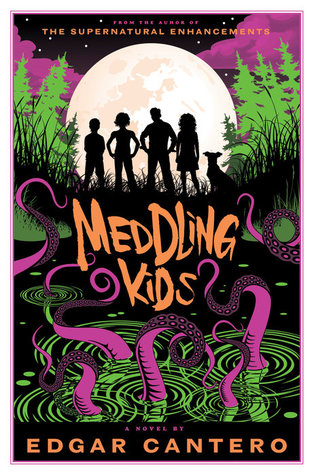


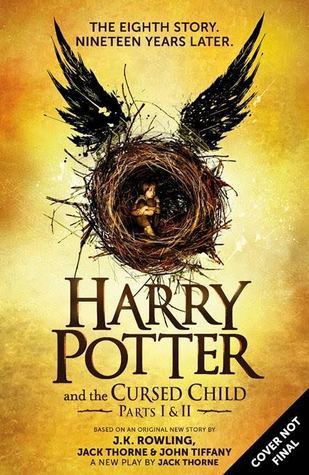
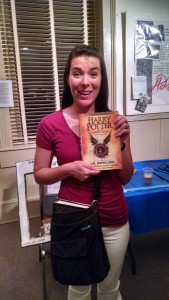 Yes, miracle of miracles, I did stay awake long enough to relive my days of youth by going to the midnight release. I wasn’t going to originally. I pre-ordered the book so access to a copy was never an issue and Honey Girl is getting to the point where at 10:05… I’m OUT! However, when I thought about it, I realized that I never thought I’d would get to do a midnight release of HP ever again, so passing on it just because I’m emotionally elderly just seemed ill-conceived. If anything is worth a late night, it’s a Harry Potter release. So I went and there is photographic proof.
Yes, miracle of miracles, I did stay awake long enough to relive my days of youth by going to the midnight release. I wasn’t going to originally. I pre-ordered the book so access to a copy was never an issue and Honey Girl is getting to the point where at 10:05… I’m OUT! However, when I thought about it, I realized that I never thought I’d would get to do a midnight release of HP ever again, so passing on it just because I’m emotionally elderly just seemed ill-conceived. If anything is worth a late night, it’s a Harry Potter release. So I went and there is photographic proof.